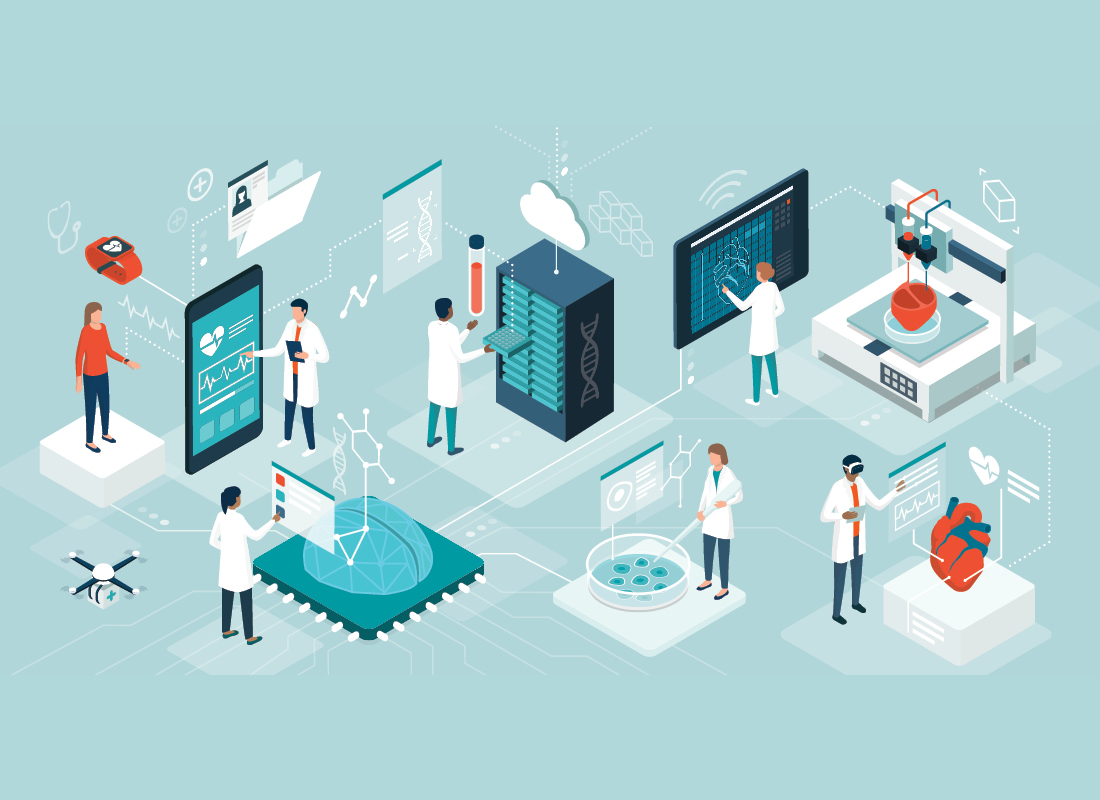AI: With the Lab Every Step of the Way
Artificial intelligence models have a valuable role to play in each phase of the total testing process.

Subscribe to Clinical Diagnostics Insider to view
Start a Free Trial for immediate access to this article
Artificial intelligence models have a valuable role to play in each phase of the total testing process.

Start a Free Trial for immediate access to this article